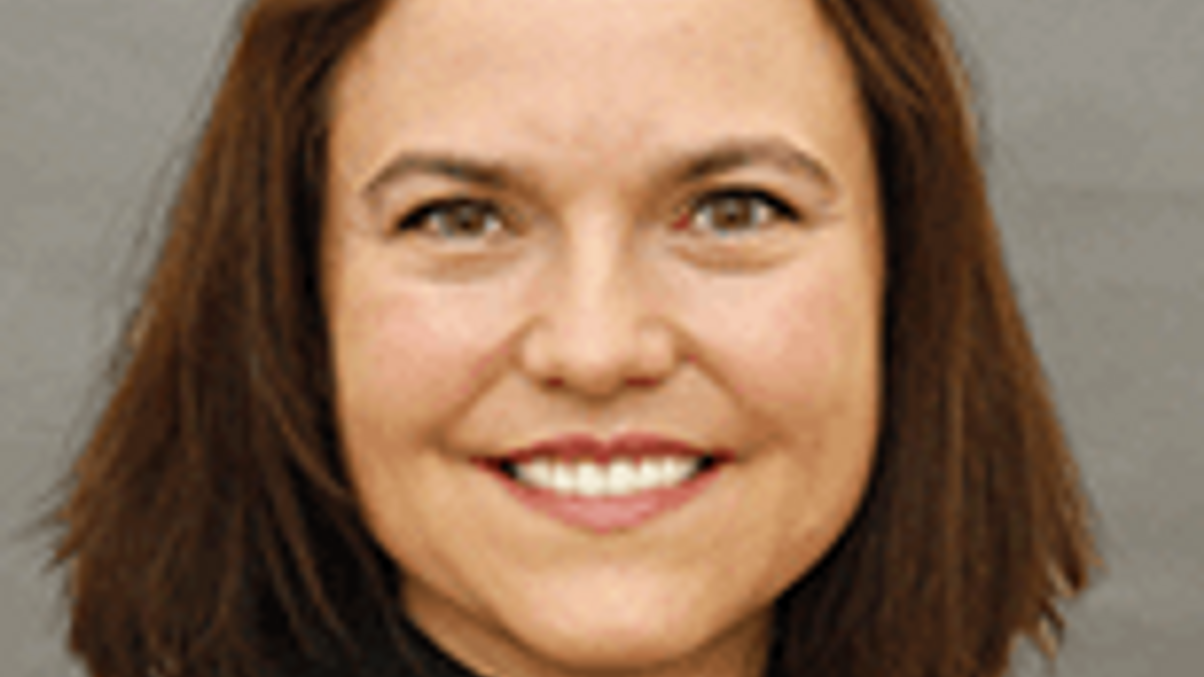Managers defend economics of corporate credit
Despite fears over a US rate rise and vulnerable global economy, fund managers tell an AsianInvestor forum why the case for credit investing will remain underpinned for some time.

Portfolio managers have taken a broadly positive view of the global economy and the prospects for fixed income, offering perspective on China’s slowdown and arguing the environment would remain supportive of corporate credit.
Sign in to read on!
Registered users get 2 free articles in 30 days.
Subscribers have full unlimited access to AsianInvestor
Not signed up? New users get 2 free articles per month, plus a 7-day unlimited free trial.
¬ Haymarket Media Limited. All rights reserved.


